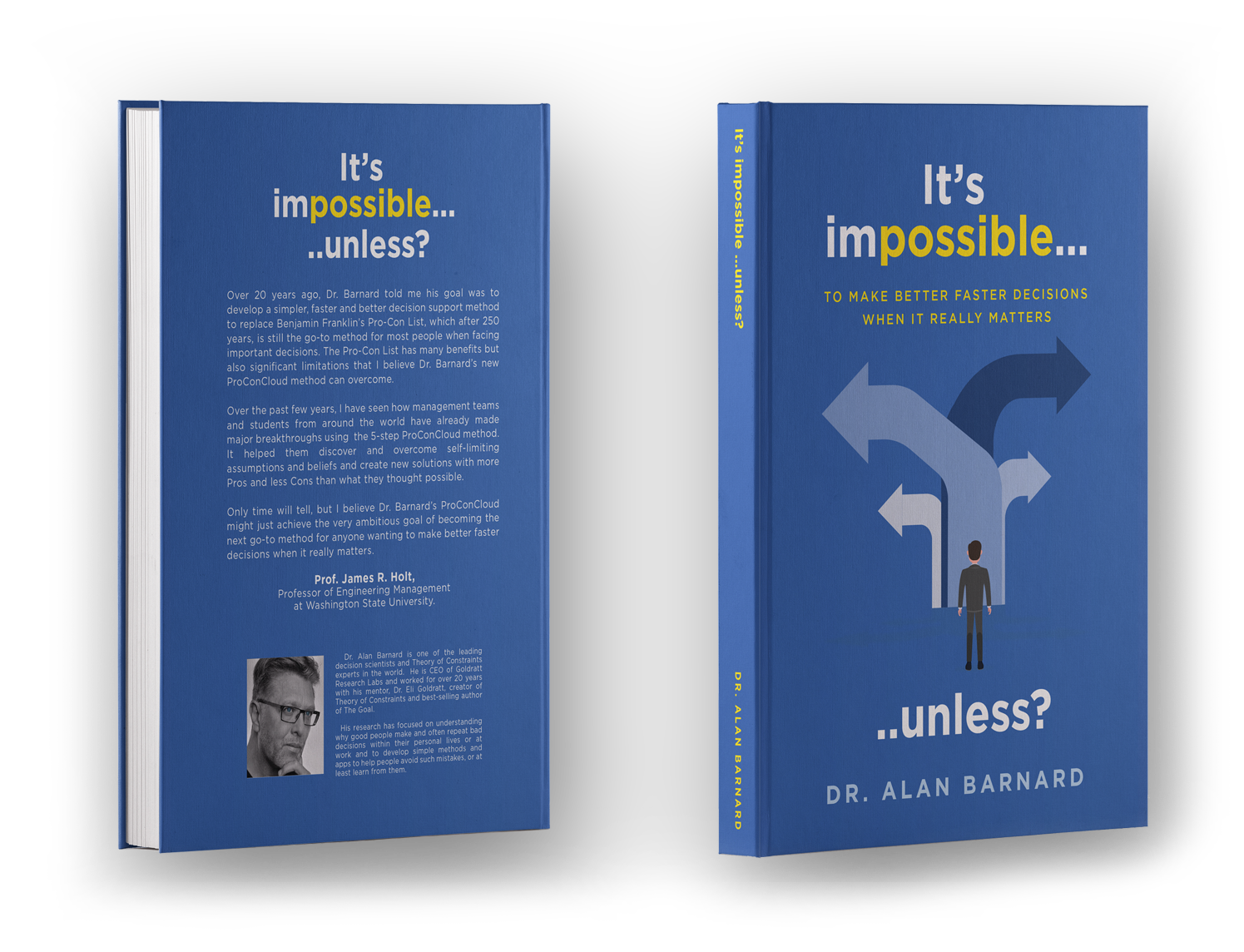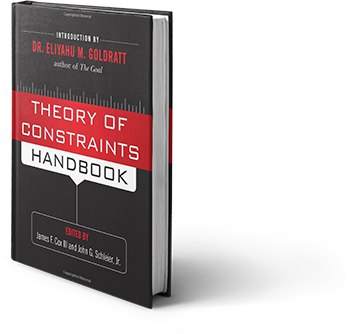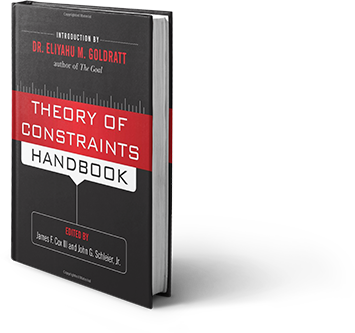
HOW TO MAKE BETTER FASTER DECISIONS…WHEN IT REALLY MATTERS
Over 20 years ago, Dr. Barnard told me his goal was to develop a simpler, faster and better decision support method to replace Benjamin Franklin’s Pro-Con List, which after 250 years, is still the go-to method for most people when facing important decisions. The Pro-Con List has many benefits but also significant limitations that I believe Dr. Barnard’s new ProConCloud method can overcome. Over the past few years, I have seen how management teams and students from around the world have already made major breakthroughs using the 5-step ProConCloud method. It helped them discover and overcome self-limiting assumptions and beliefs and create new solutions with more Pros and less Cons than what they thought possible.
Only time will tell, but I believe Dr. Barnard’s ProConCloud might just achieve the very ambitious goal of becoming the next go-to method for anyone wanting to make better faster decisions when it really matters.

CONTINUOUS IMPROVEMENT AND AUDITING THE TOC WAY
In this chapter of the Theory of Constraints Handbook, author, Dr. Alan Barnard shares his research insights on why so many of the changes initiated by management fail to deliver the desired improvement (typically 70% of all changes fail) and how Theory of Constraints can be used to significantly reduce this failure rate. To answer these two important questions, this chapter provides a framework for designing and implementing a continuous improvement and auditing process within organizations from a Theory of Constraints (TOC) perspective and shares some of the important new TOC developments in this field as well as make recommendations on practical ways to integrate this approach with organizational strategy and as a focusing method for LEAN, 6 Sigma and other improvement techniques.
The chapter starts with the definition of key concepts and a brief historical perspective on this subject and then provides an overview of the current gap and its and consequences related to typical errors of omission, commission, detection (to answer Why Change). It then examines the underlying conflicts and assumptions that need to be challenged (to answer What To Change), the solution criteria, direction and details of a solution to break these conflicts and prevent new undesirable effects (to answer What To Change To), and finally sharing insights on how to practically overcome typical implementation obstacles (to answer How To Cause The Change and Achieve a Process of Ongoing Improvement).

HOLISTIC THEORY OF CONSTRAINTS IMPLEMENTATION CASE STUDIES
In this chapter of the Theory of Constraints Handbook, authors, Dr. Alan Barnard and Ray Immelman shares their experience and research insights on how to put a whole organization (not just Operations, or Distribution or Engineering or Sales) on a Holistic Process of Ongoing Improvement (POOGI) where all changes are focused and synchronized to achieve both ongoing growth, harmony and stability.
This chapter provides a historical perspective on the need for an holistic approach to implementing Theory of Constraints (TOC), an overview of the past attempts to develop such an approach and why most of these attempts have failed. Then two of the leading TOC experts in the world (Dr. Alan Barnard and Ray Immelman), each with many TOC implementations behind them, share their unique experiences and insights gained on how to achieve and sustain a holistic TOC implementation that will deliver both ongoing performance growth and improved stability and harmony through two large and complex TOC case studies – one from the Private Sector (First Solar Inc.) and one from the Public Sector (Solid Waste Management in African Cities).





